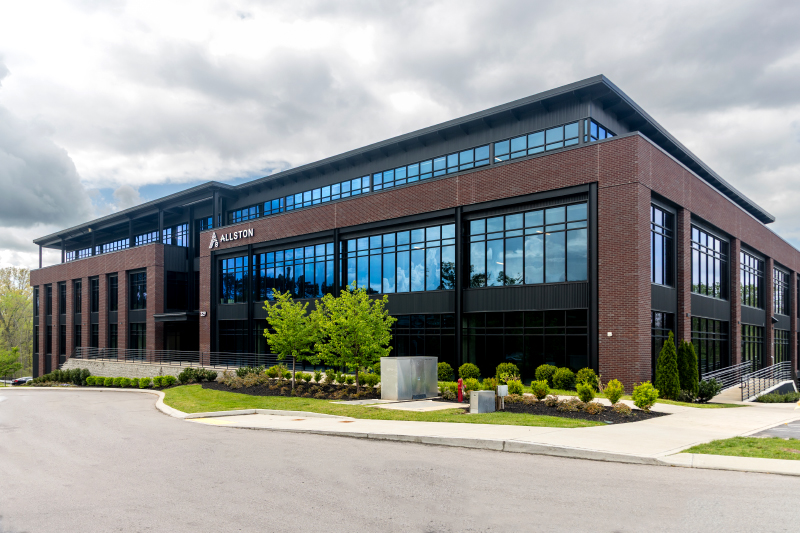Technology designed to recognize facial aging.

Apple™ recently announced the release of their latest smart phone, the iPhone X™. Among the many advancements touted by Apple™, one feature of interest to me as a facial plastic surgeon is that of the facial recognition software. The iPhone X™, according to Apple’s™ website, will use Face ID™, a system that will recognize the user’s face to unlock the phone as well as perform other features. According to Apple™, Face ID™ will use the camera system on the phone to “accurately map and recognize a face.” (Apple™ Inc., Website , Press Release September 12, 2017; “The Future is here: iPhone X”) The system is also described as being capable of using IR images and “dot patterns” to identify the user to unlock the phone, while also “adapting to physical changes in appearance over time” (Apple™ Inc., Press Release September 12, 2017; “The Future is here: IPhone X”) A phone that can account for the changes in our faces as we age!
This is not only technologically fascinating, but also reinforces some of the concepts that are inherent in facial plastic surgery. The fact that the brilliant people at Apple™ can program a device to recognize aging changes supports the long held premise of facial plastic surgeons that there are constants that are recognized by the human brain, both in terms of recognizing beauty and the signs of aging. These constants are the tenants that we as facial plastic surgeons rely on to achieve NATURAL changes for patients that want to improve their appearance or look more youthful and vibrant.
Many patients are hesitant to have cosmetic surgery for fear they will look “plastic” or look like they have had an operation. It is my opinion, supported by over 20 years of experience, that a natural look depends largely on the techniques used to achieve that look. Many procedures that I call “short cut” techniques leave just the look the patient does not want. On the other hand, well done cosmetic surgery is not “seen.” The patient merely looks better! They look more rested, refreshed, more youthful, or have a prettier profile or nose, but they still look like themselves. Surgery that keeps the patient looking like “themselves” relies on maintaining proportion, balance, symmetry, and natural curves and hollows of the human face. From what I gather from reading the Apple™ press release, this is the same science that the iPhone X™ is using to recognize a particular face. If we disrupt the natural proportions or features of a face, the patient may not” look like themselves”, or wouldn’t be “recognizable” by their phone. The art of facial plastic surgery is preserving those natural recognizable features of each individual’s face, while improving the signs of aging or enhancing the appearance of a particular feature.
With this in mind, an interesting question to ponder is would the iPhone X™ programmed to recognize the person before surgery, be able to recognize the person after surgery? If the software accounts for aging, it should recognize the more youthful version of the person. With structural changes, like those achieved with rhinoplasty, as long as the patient looks like “themselves,” the phone should recognize them. I have no way of knowing the answers to these questions, as I am certainly not an expert in the smart phone technologies involved. What I am an expert in is facial plastic surgery. And I have countless examples of patients that come in after surgery and tell me stories of how the comments they are getting are “You look great, have you lost weight?”, “You look fantastic, did you change your hair style or make up?”
These stories are testimonials to the fact that well done facial plastic surgery is recognized as looking better, without looking different. The human eye recognizes aspects of youth and beauty that are consistent, as long as the person looks NATURAL. So if you are considering facial plastic surgery, take time to discuss not merely what a procedure is called, but what it does and how that change effects noticeable improvements that look natural. Well done facial plastic surgery, or even non-surgical procedures, should leave the onlooker thinking you look great, but not being able to figure out why.


